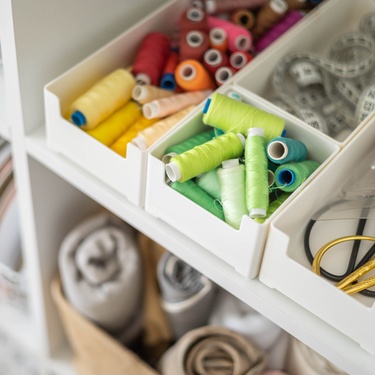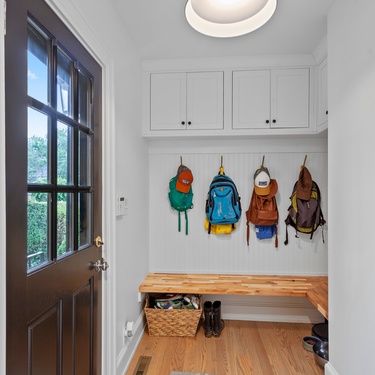
Sewing can bring endless joy, but without the right setup, your workspace may feel cluttered and inefficient. A sewing cabinet can revolutionize your sewing experience by offering an organized and practical solution. This guide explores everything you need to know about sewing cabinets, from their benefits to expert tips on organizing and maintaining them.
What Is a Sewing Cabinet?
A sewing cabinet is a specialized piece of furniture designed to enhance your sewing experience. It not only holds your sewing machine but also features compartments and spaces to store fabric, tools, and accessories. These cabinets often feature fold-out designs, making them both functional and compact while catering to the needs of sewing enthusiasts.
Benefits of Owning a Sewing Cabinet
Owning a sewing cabinet can dramatically improve your efficiency.
- First, it helps organize your materials, so you spend more time sewing and less time searching for tools or fabric.
- Second, many cabinets have an ergonomic design to provide comfort during long sewing sessions.
- Third, it protects your sewing machine and supplies from dust, which ensures their longevity.
Factors To Consider
When selecting a sewing cabinet to buy, consider its size, material, and storage options. A smaller cabinet may suit someone with limited space, while a larger one works well for those with lots of sewing supplies. Look for durable materials, such as solid wood or sturdy MDF, for long-term use. Consider the number and types of storage compartments to find a cabinet that suits your specific needs and keeps everything organized and accessible.
Different Types of Sewing Cabinets
Sewing cabinets come in several styles. Drop-leaf cabinets are compact but expand when needed, making them ideal for tight spaces. Foldable cabinets have collapsible sections that allow easy storage when not in use. For those looking for ultimate versatility, modular cabinets offer customizable features to accommodate varying designs and setups.
Sewing Cabinet Organization Tips
To maximize efficiency, designate compartments specifically for scissors, needles, and thread. Use clear containers or labels to categorize items, keeping everything easy to find. Store items you use frequently in top drawers, while larger items can fit neatly in bottom storage areas.
DIY Sewing Cabinet Ideas
If you enjoy DIY projects, you can transform an unused desk or dresser into a sewing cabinet. Add shelves or partitions to hold supplies and attach pull-out panels to create extra space for your machine. Many online tutorials also provide creative ideas for repurposing furniture on a budget.
Maintaining Your Sewing Cabinet
Regular cleaning is essential for maintaining your sewing cabinet. Dust compartments weekly and wipe surfaces with a gentle cleaning solution to prevent build-up. Periodically lubricate hinges to keep drawers and fold-out panels running smoothly. If your cabinet features a painted surface, touch up any chips to extend its life and keep it looking fresh.
Elevate your sewing game today by choosing a sewing cabinet tailored to your needs. Whether you’re working on a passion project or sewing for business, the right sewing cabinet can make all the difference.
Bio: Casey is a passionate copyeditor highly motivated to provide compelling SEO content in the digital marketing space. Her expertise includes a vast range of industries from highly technical, consumer, and lifestyle-based, with an emphasis on attention to detail and readability.




















